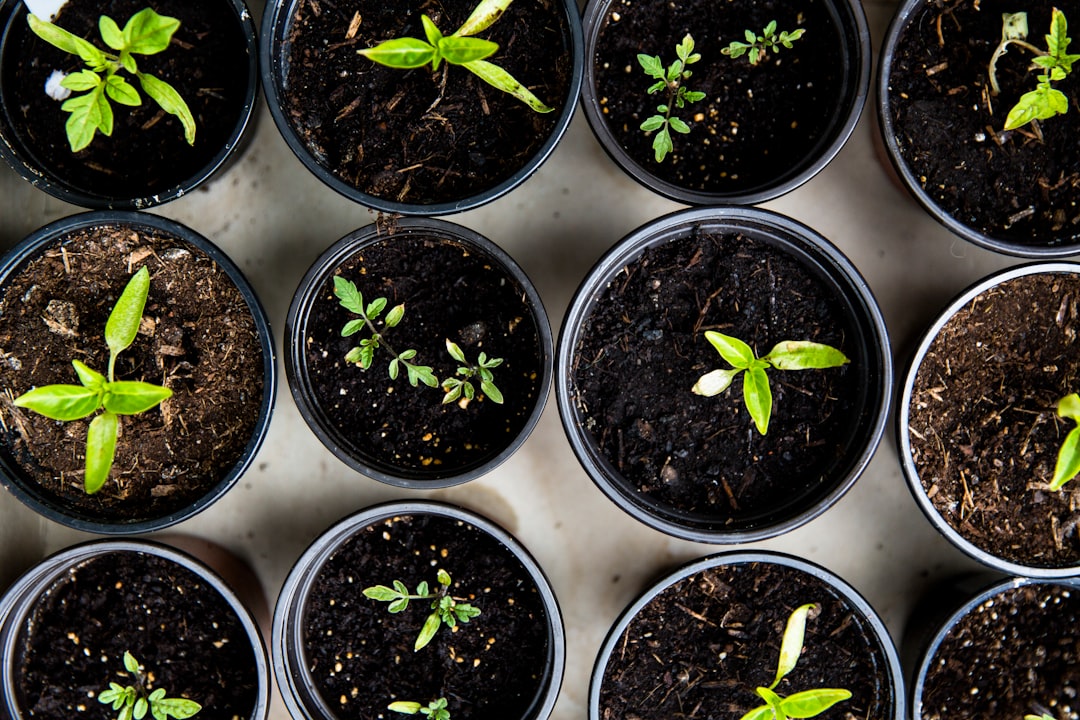What is it about?
Worldwide, PAHs soil pollution is a major concern in both industrialized and developing countries. in such soils, widespread bacteria exist that survive such harsh environments. Among them are the sphingomonads, a group of remarkably versatile microbes known for remediating ployaromatic hydrocarbons (PAHs). Strategies employed by microbes like sphingomonads in bioremediation of PAHs like phenanthrene in contaminated sites
Featured Image
Why is it important?
Our review article shows that the strategies undertaken by sphingomonads in soil remediation. Thus, we hope that these mechanisms will be greatly appreciated by scientists in dealing with general or environmental microbiology.
Perspectives
In my opinion, bacterial uses in bioremediation is key, and may be a futuristic approach to remediation PAH soil pollution, whether individually or in assotiation with higher level organisms like fungi or plants. This review article would benefit researchers who wish to understand sphingomonads and employ them or their parts, whether alone or together with other living organisms in remediation. I hope the readers find it useful in research in many applications, especially in environmental, medical and agricultural biotechnology.
Mr. Michael Gatheru Waigi
Nanjing Agricultural University
Read the Original
This page is a summary of: Phenanthrene biodegradation by sphingomonads and its application in the contaminated soils and sediments: A review, International Biodeterioration & Biodegradation, October 2015, Elsevier,
DOI: 10.1016/j.ibiod.2015.06.008.
You can read the full text:
Contributors
The following have contributed to this page










